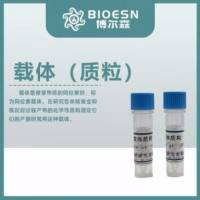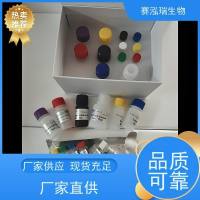Establishing a Colony for Efficient Production of Transgenic Mice
互联网
493
A specific and dedicated mouse colony is required if transgenic mice are to be efficiently produced. The structure of such a colony is described in the present chapter. Although the provision of these animal facilities will not present a problem to large research establishments, smaller laboratories must weigh the commitment of animal housing and maintenance against the extent of the proposed transgenic experiment and consider whether a collaboration with an established transgenic unit may best suit their purposes. In addition to the “production-line” mice, a transgenic facility must be able to accommodate large numbers of transgenics under analysis, possibly of multiple lines and generations. Time-consuming husbandry is required, which will involve both scientific and animal house staff. On deciding to establish a new transgenic unit, investigators must therefore ensure that junior scientific staff are prepared to take on extensive animal work—work that begins when the transgenics have been made. Staff with no animal experience must be trained by skilled animal-care operatives and should continue to seek advice at all times. There is no substitute for direct training, but novice workers may refer to manuals, for example (1 ). Prior to starting animal work, staff must consult appropriate government offices that regulate research animal use and obtain any necessary documentation. Even in countries where animal use is not monitored, it is essential that recognized standards of welfare and hygiene are maintained. With regard to animal health requirements (see Note 1 ), facilities need not conform to Specific Pathogen-Free (SPF) standards, but minimal precautions against infection should be taken. For example, entry to the facility should be restricted to essential staff only, who should wear fresh protective garments and gloves. The specific mouse population described here is commonly used in many transgenic units and should be adequate for three microinjection sessions per week. F2 zygotes, although less readily available, are chosen for microinjection, since the generation of transgenics and maintenance of lines is more efficient compared with inbred mice (2 ). Particular inbred lines must, of course, be used where a defined genetic background is a requirement of the experiment.









